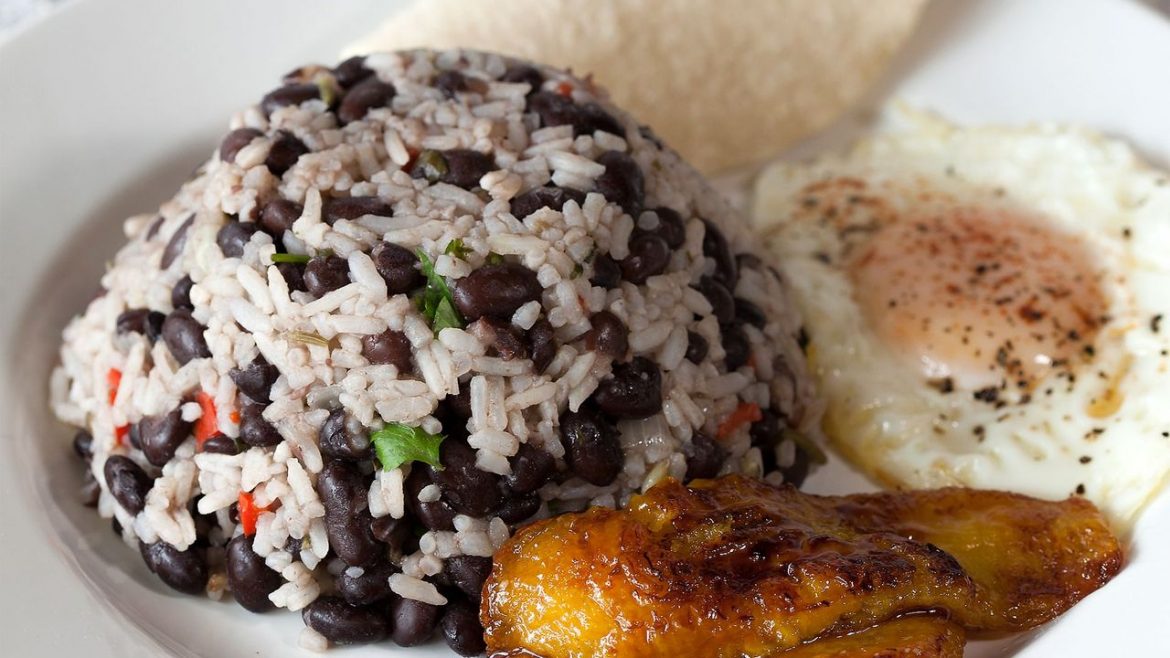The impact of rice prices on day-to-day living is significant, especially in communities where most people live from one paycheck to the next. I remember living in such a community, where generosity was a lifeline. As soon as someone received their paycheck, they’d use a ₡2,000 note to help a neighbor afford a much-needed bag of rice. This kindness was then passed forward when the recipient got their own paycheck, offering relief to another person struggling to afford their staple food – rice.
Under the current government, the first ten months saw a welcome 2.42% drop in rice prices. This price drop equates to a ₡36 reduction in the usual ₡1,500 cost for a bag of rice. However, this decrease isn’t sufficient. The devaluation of the Costa Rican dollar led to an 11% reduction margin, but this benefit didn’t fully trickle down to the consumer. The difference between the 2.42% decrease in rice prices and the expected 11% is considerable.
While we might feel the urge to grumble, it’s worth noting that global rice prices have actually increased. The statistics used to track these changes come from credible sources: the Consumer Price Index of the National Institute of Statistics and Censuses and the Food and Agriculture Organization of the United Nations.
Costa Rica’s President Rodrigo Chaves made promises during his campaign to reduce the price of rice and other fundamental foods. He unveiled a plan aimed at decreasing what we pay for everyday foods. Part of this strategy involved cutting grain import tariffs, reducing them from 35% to a mere 3.5% for paddy rice and 4% for milled rice.

